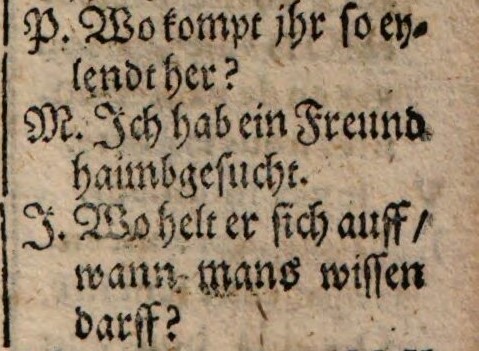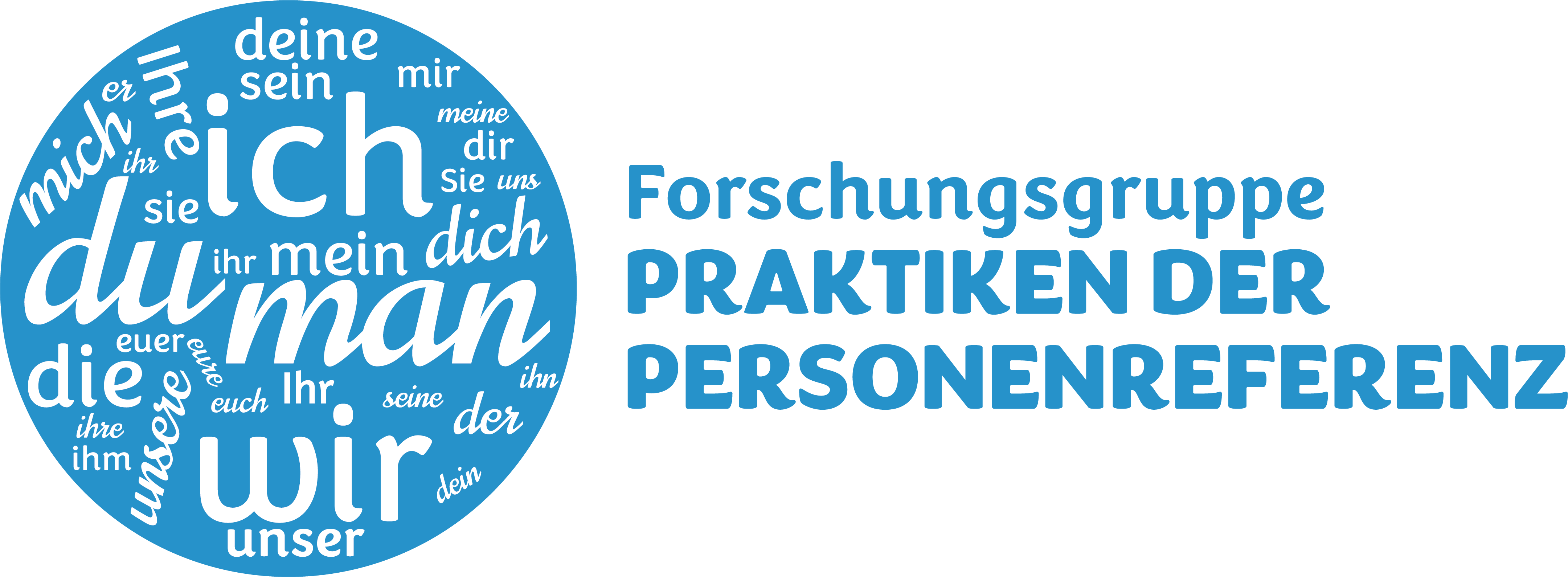Project team Antje Dammel, Laura Duve (Münster)
The historically oriented project of our research group uses a usage-based approach to trace the emergence of the pronoun man from generic nominal phrases with Mann (‘man’)/Mensch ('human') which can still be found in Old and Middle High German. We determine construction patterns and the functional spectrum of historical manuses of man in relation to their construction alternatives (e.g., other pronouns and passive forms). On the other hand, the project retrochronically investigates how contemporary non-prototypical uses of man, especially self-referential ones with speaker reference, may have developed.
Since historical functional spectra of pronouns can only be accessed based on written texts, and since specific modes of usage are consolidated in each text genre, only a broad comparison of different genres can provide a differentiated picture. For this reason, samples of texts of monologic genres conveying knowledge and information (plague tracts, bathing books, and newspapers) and dialogue-related genres (comedies, language textbooks, and interrogation protocols) of the 16th-18th centuries are included, in addition to the reference corpora of the older language stages of German. Only in this way can genre-specific and broader uses of the pronoun and its alternatives be determined.

Example language texbook: Johannes Angelus von Sumaran: Das Newe Sprachbuch, München 1620/1621 (digital copy Bayerische Staatsbibliothek: https://www.digitale-sammlungen.de/de/view/bsb11281230?page=416,417)
© Bayerische Staatsbibliothek
